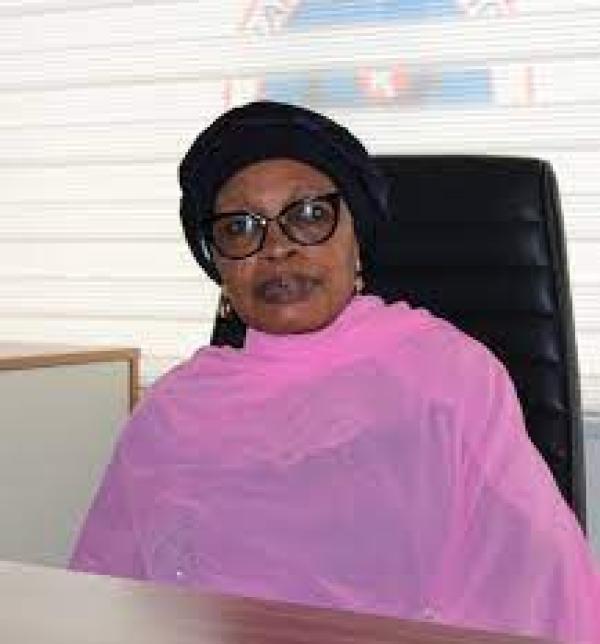
The enforcement of solvency provisions by the National Insurance Commission (NAICOM), which requires all insurance companies to at all times maintain liquidity in excess of the value of their admissible assets over liabilities, is putting some of the companies under pressure, investigation reveals.
Section 24 of the Insurance Act 2003 states that an insurer shall maintain at all times a margin of solvency in respect of its business, being the excess of the value of its admissible assets in Nigeria over its liabilities.
However, those companies whose investments are heavily skewed in favour of real estate and landed property are currently under pressure to meet solvency standard being planned by NAICOM, following the new investment guideline which puts a cap on such class of assets.
We further gathered that this prudential test, which is currently conducted on quarterly basis, will soon become a monthly affair when the commission begins its electronic-regulation (e-regulation).
Some analysts told us last night that concentration of investments in fixed assets, such as land, negates the principle of section 24 of the Company’s Act, as it might be difficult to dispose them in emergency situations to meet immediate financial obligations.
NAICOM had at the commencement of the implementation of the International Financial Reporting Standard (IFRS) put a cap (peg) on real estate revaluation, taking admissible assets on land and building to a maximum of N1 billion or 35 percent, whichever is higher.
The commission’s action was believed to be informed by the need to forestall the crisis in the financial sector in 2009 where banks and other investors concentrated on the stock market, which eventually crashed with the consequent loss of billions of naira by investors. Thereafter, most insurers went into real estate, particularly the low end of the market, which was the next viable investment option, as against the capital market and money market.
Also, the regulator wants to ensure that such investments are easily convertible assets and that they should not be considered in face value, so that when cash is needed to meet customers’ obligations the assets can be easily converted to cash so as to avoid loss of confidence in the sector.
Consequently, the only way for the affected firms to evade the hammer of the regulator is to either raise additional capital to meet the solvency mark, or re-balance their asset portfolio quickly to accommodate more liquid assets.
Margin of solvency is defined as total admissible assets less total liabilities, and this shall not be less than either 15 percent of net premium or the amount of minimum capital base, whichever is higher.
The solvency of an insurance company relates to its ability to settle liabilities. If the asset value of the company is inadequate (over indebtedness) or can never be accessed at the required moment (lack of liquidity) to settle claims, then the company is insolvent.
Kola Adedeji, managing director/CEO, Niger Insurance plc, says the whole idea is to ensure that companies are liquid at all times and thus able to meet their obligations, adding that NAICOM is avoiding a situation where operators are skewed too much to real estate, because it may be difficult to convert to cash.
“What we are doing at the moment is to balance our investment, such that part will be in viable real estate money market and also the capital market, but ensuring that there is reasonable level of liquidity to meet future obligations,” says Adedeji.
A senior official in NAICOM who does not want his name mentioned says solvency is a test of the capacity of an insurer to have sufficient assets or cash to meet future obligations. “Though the International Financial Reporting Standard (IFRS) liberalises this, we felt that since assets like land and buildings may not be easily turned into cash when needed, it is important we are a bit conservative, so we adopted a regulatory cap and put a peg on what we can accept as admissible,” says the NAICOM official.
“For instance, your valuation for a highbrow property in Ikoyi is N2 billion, and when you need cash to meet claims, it becomes difficult to sell, maybe taking two years, or is sold at something far below the N2 billion. So does that mean it was overvalued? Maybe not. So that is why we are being cautious of accepting everything,” he adds.
He further says the commission is working towards e-regulation where it will have the right analytical tools to measure on regular basis, online real time, the activities and operations of insurance companies to be able to ascertain at any given time what their level of liquidity is.
George Onekhena, deputy commissioner, finance and administration, had said during an interview that NAICOM was considering risk-based supervision to manage capital adequacy and solvency, in line with its goal of aligning with other developed industry regulators and operators.
“For example, if company A writes motor insurance only, and company B writes a combination of motor and aviation, company B will be required to have a higher capital because of the higher level of risk that it carries,” Onekhena said.
“Also, if company C writes a combination of motor, aviation and oil and gas, it will be required to have a higher capital than company A and B. So, there must be correlation between the risk company A carries and the capital which it deployed to do that business. This is what risk-based capital is all about,” he said.






















